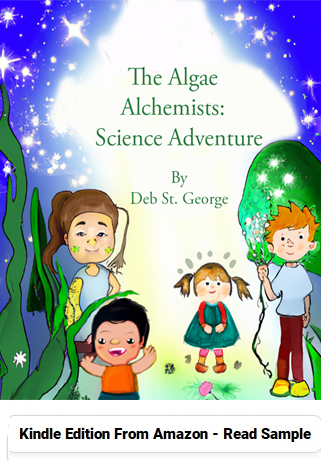A trademark is a name, icon, image, or any sign that helps identify mercantile goods and services. It offers exclusive rights to the trademark owner to do whatever the owner want to do with the trademark and prevents illegal or unauthorized usage of other individuals or companies. These exclusive rights are granted in return for financial benefits to an agency (usually a government agency) that grants trademark rights.
In contrast to patents, the time span of trademark protection depends on the contract signed. However, trademark protection can be reinstated or renewed for an indistinct period of time for as long as the owner can pay the supplementary charges.
The use of a trademark can be traced back to ancient times, back when men of craftsmanship replicated their trade name on their merchandise. Through the course of time, these trade names or marks progressed into the present day's organizational structure of trademark protection and registration.
In other words, trademarks are used for the commercial and financial advancement of services and products. Sometimes the marketability of a service or product lies with the trademark name. A good trademark name is easy to recall and can generate interest among potential consumers.
So, in choosing a trademark name, the potential owner should think of name that is easy to protect and easy to sell. Potential proprietors of the trademark can achieve its marketability and protectability by thinking of an exceptional trade name.
The following may be of help in formulating a trademark name with a strong commercial appeal as well as meeting the criteria of trademark registration for its protection:
* A good way of picking a name for a service or product is to find a term (related to the product or service) from a mythology, legend, culture, animal, plant, music, art, sports and other thousands of possible source of trademark names. Selecting from a category that is related to what the company manufactures or services is a straightforward of selling.
* Opt for a name or phrase that signifies the principles or standards of the company or its commodities. The name may not be a literal description. Concentrate on words that have an optimistic implication which will promote its marketability and may consequently motivate the consumers.
* Other companies use acronyms or abbreviations instead of a specific term in distinguishing themselves in the corporate world.
* Make use of a word or phrase from a different or foreign language to convey the ideals of the company or its commodities. But according to the trademark law an exact translation of a word or name into a foreign language can not be endowed a trademark registration. Terms from a different language that are suggestive but do not literally describe the company and/or its commodities are allowed to be registered.
* A creative way to pick a name to distinguish a company and its commodities is to formulate an original name. Inventive and original names can be easily recognized as a protectable trademark due to its uniqueness. The only drawback is to the cost of advertising to inform potential consumers about the new name. To overcome this minor dilemma, it is best to add some words that are descriptive enough to reduce any consumer confusions.
After the problem of choosing a trademark name has been solved, then it is time for its application for its eligibility for trademark protection. Just take note that a whimsical or suggestive trademark can be easily granted protection. The probability of the trademark's achievement can be verified by a lawyer who specializes with trademarks or trademark attorney by reviewing a trademark search.
It would be preferable that there is a list of possible names to choose from. By doing this, maybe at least one of them can be granted a registration. Always prepare for the worst, as they say.
With diligence, creativity, careful research, and pure luck, it is not impossible to come up with a trademark name that will gratify the whims of potential consumers as well as the legalities that comes with registration. All the hard work will pay off when a trademark name is finally registered and is up for keeps by the company or organization. As long as they can afford the additional fees, of course.
Patents and Trademarks


